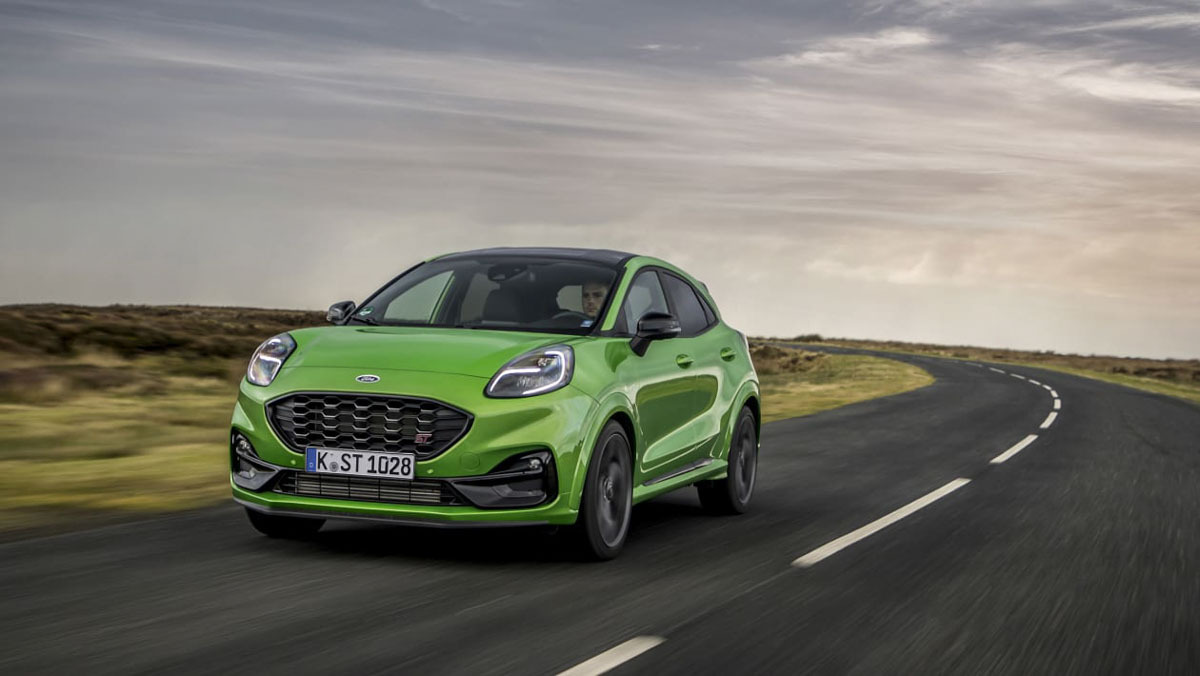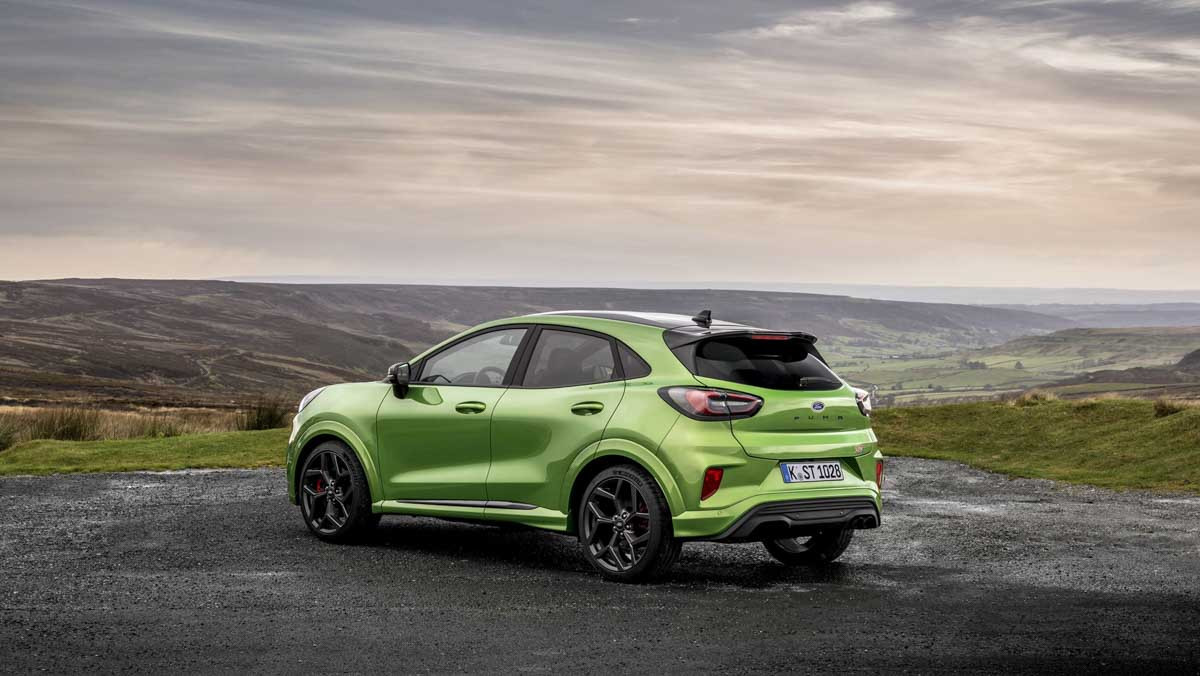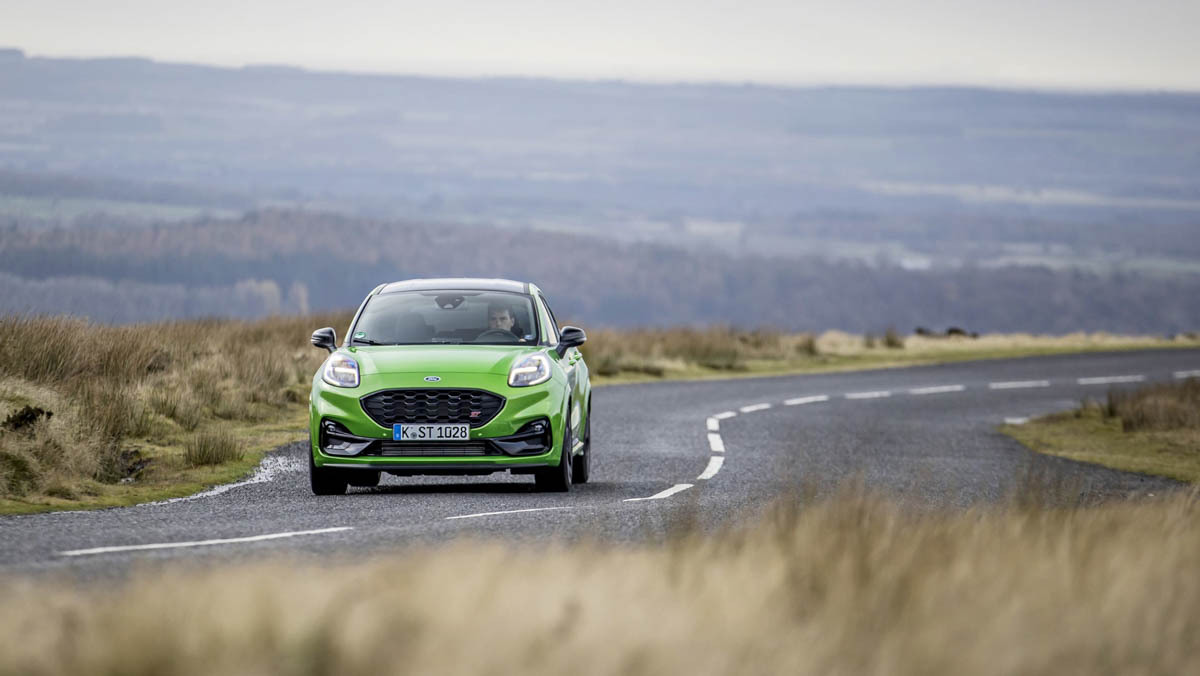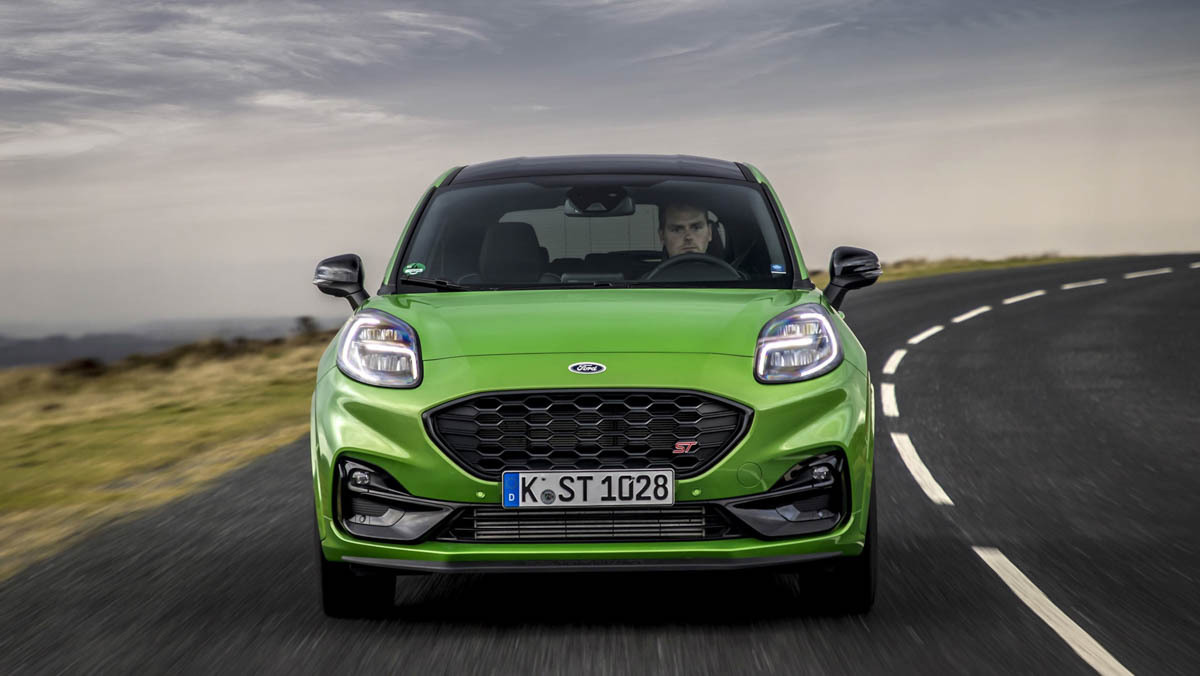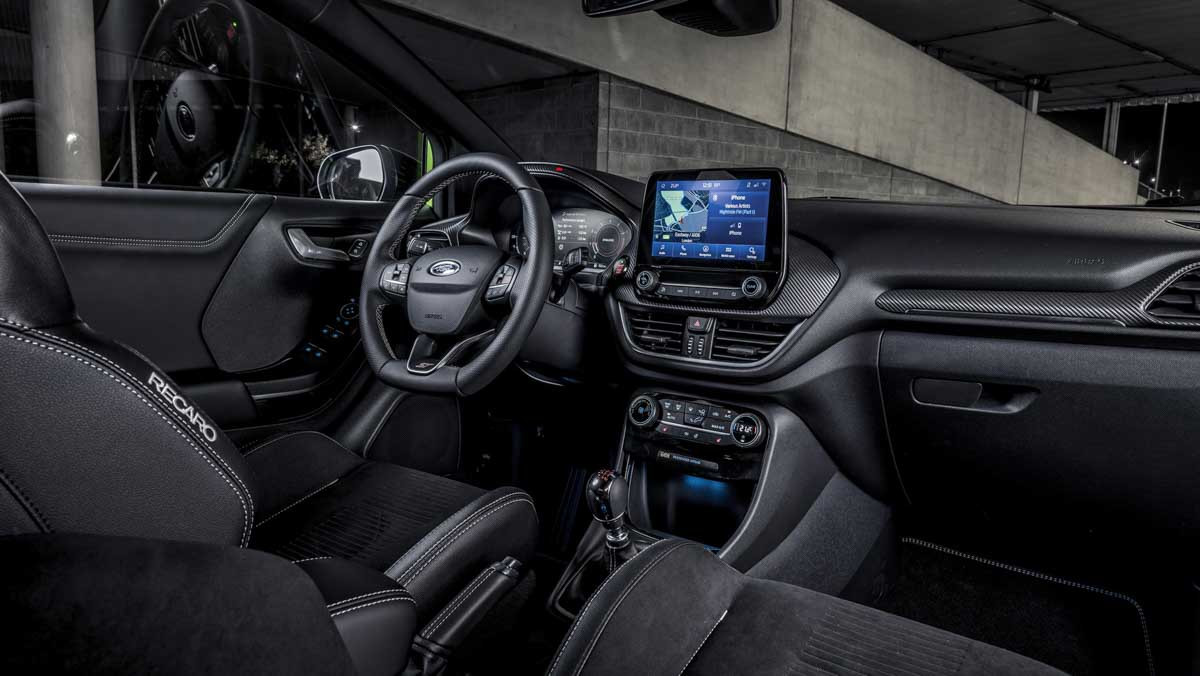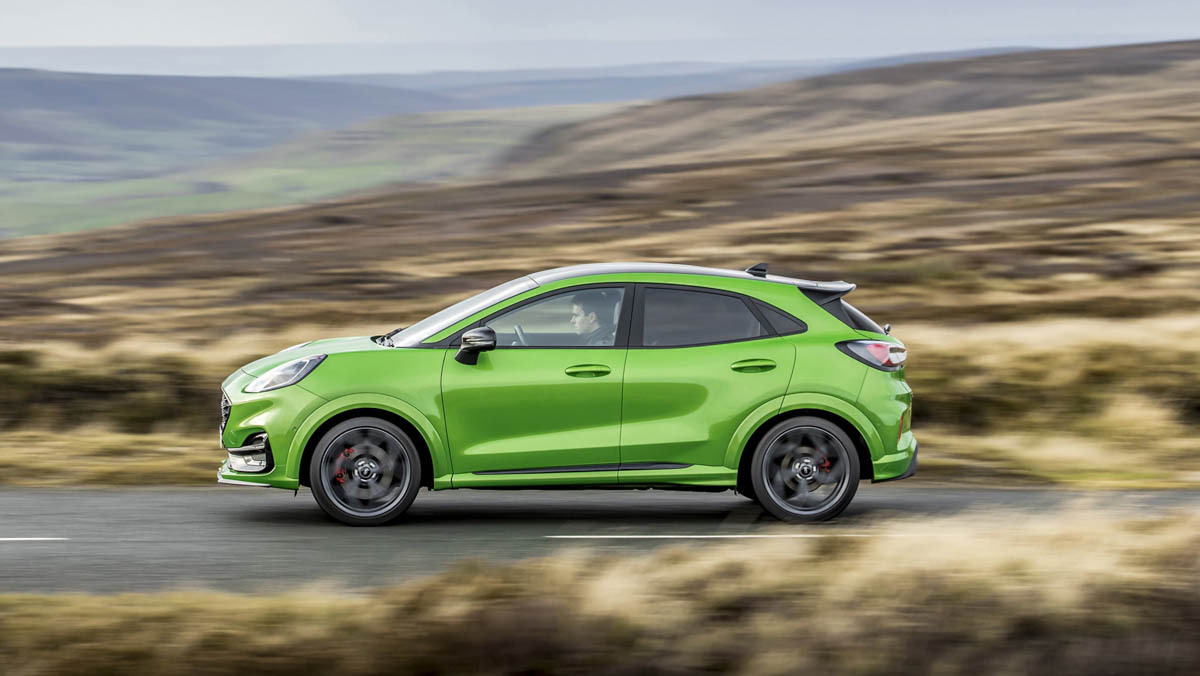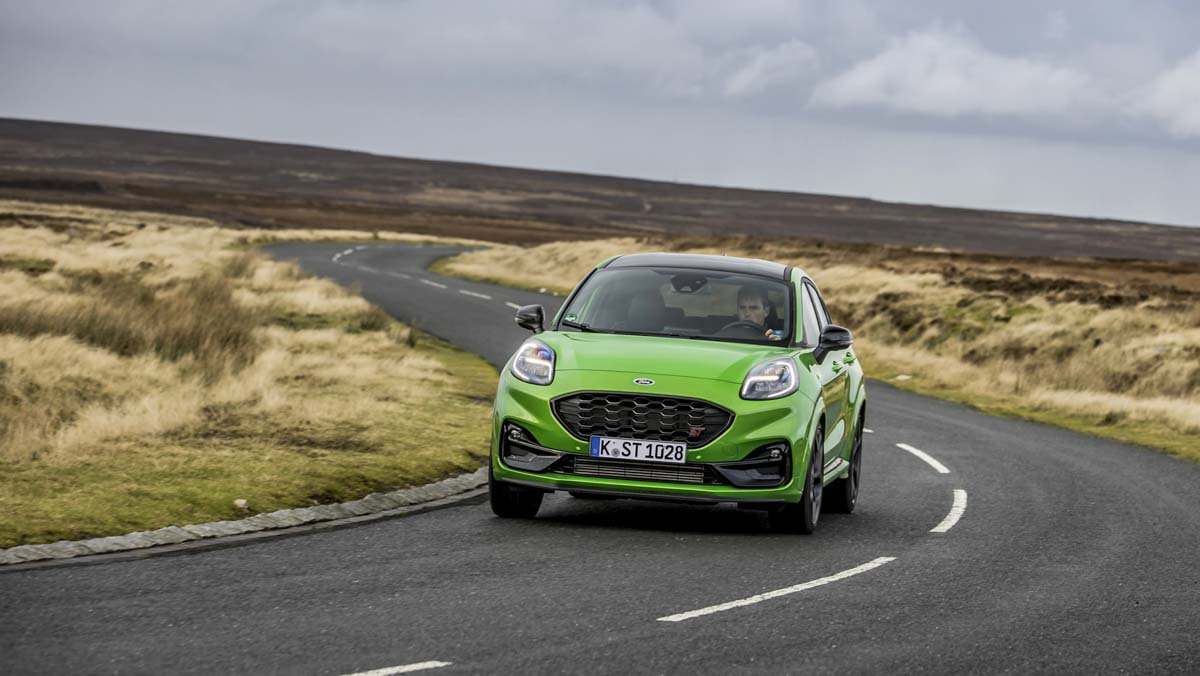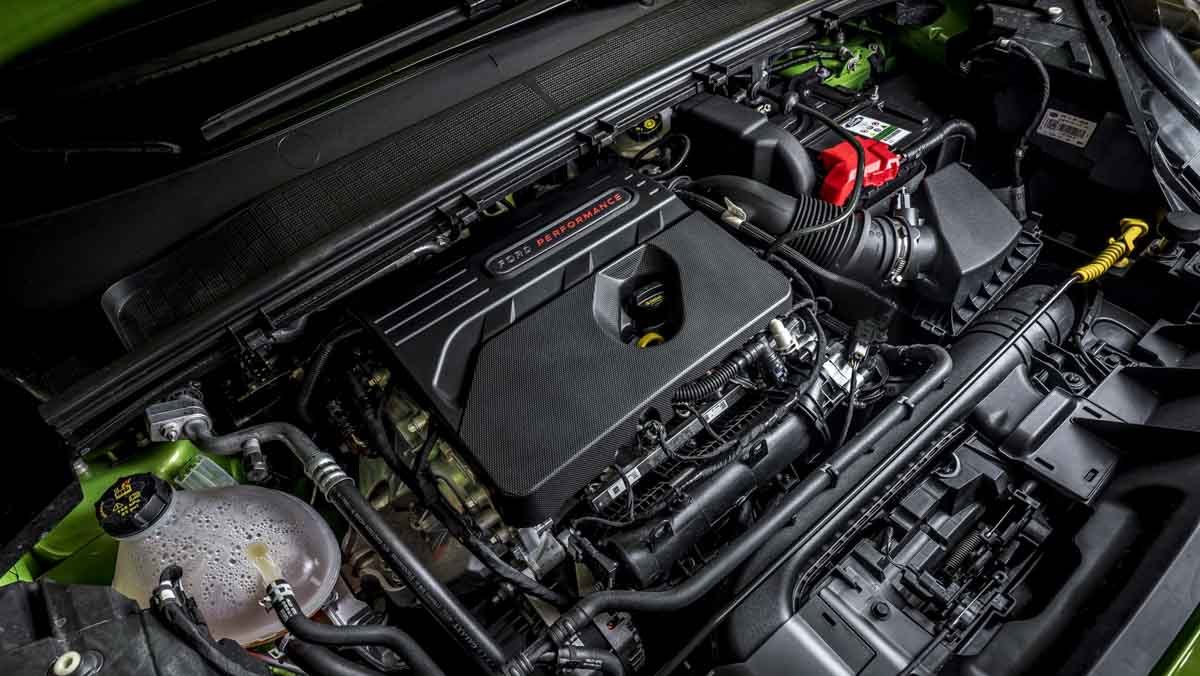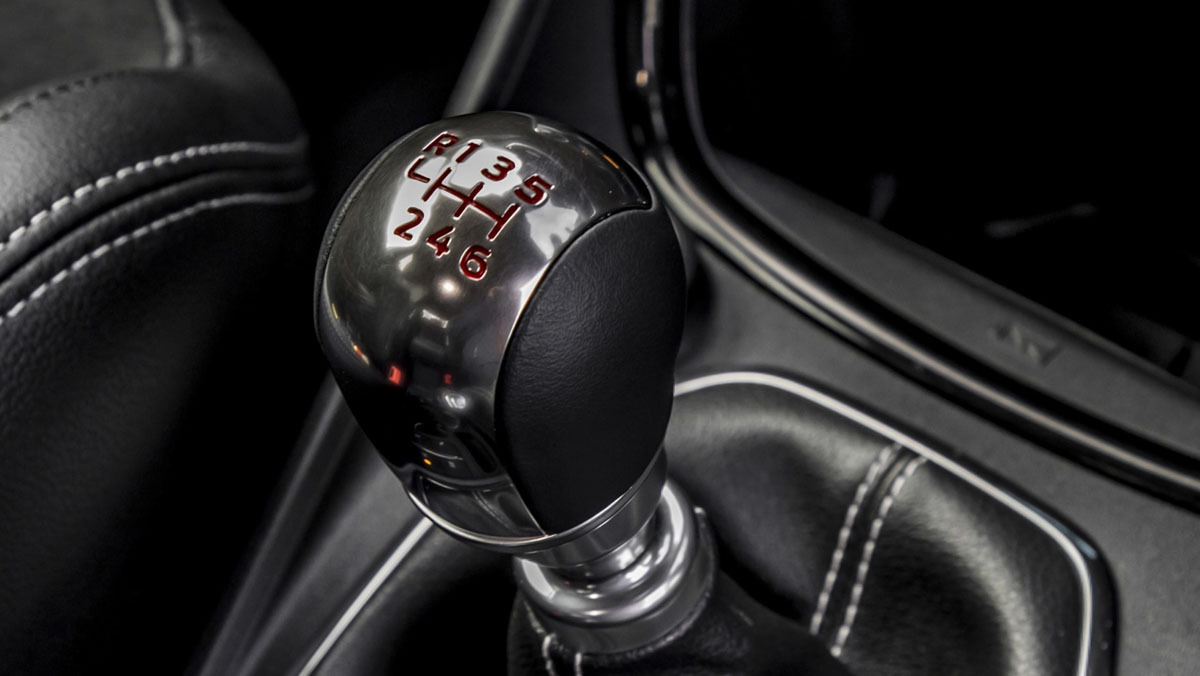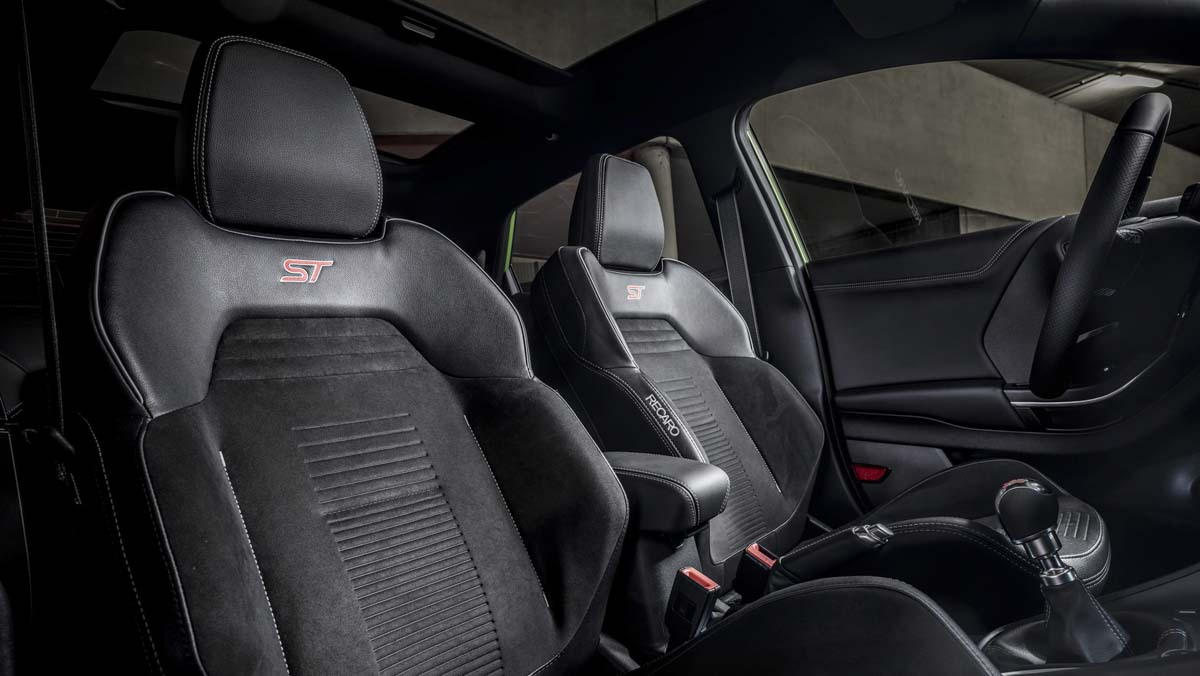A slightly more grown up and practical take on the excellent Fiesta ST that we can’t help but wish was less crossover and more coupe
| Enthusiastic three-cylinder engine, tactile steering and well damped chassis | |
| Expensive, not actually that fast, lacks the ultimate feedback of a hot hatchback |
Firstly, some critical information. The new Puma ST has a 197bhp turbocharged three-cylinder engine, a six-speed manual gearbox, an (optional) Quaife limited slip differential on the front axle, Recaro bucket seats, a valved exhaust system and Michelin PS4 rubber. Sounds fantastic doesn’t it? You’ve forgotten the new Puma is a five-door compact crossover now, haven’t you?
That Ford put that iconic nameplate on another small crossover SUV is reason enough to grumble. However, keen to connect the Puma to its heritage, Ford has released an ST version. Under the skin, those mechanical elements are familiar to the excellent Fiesta ST, but has it also captured some of its magic?
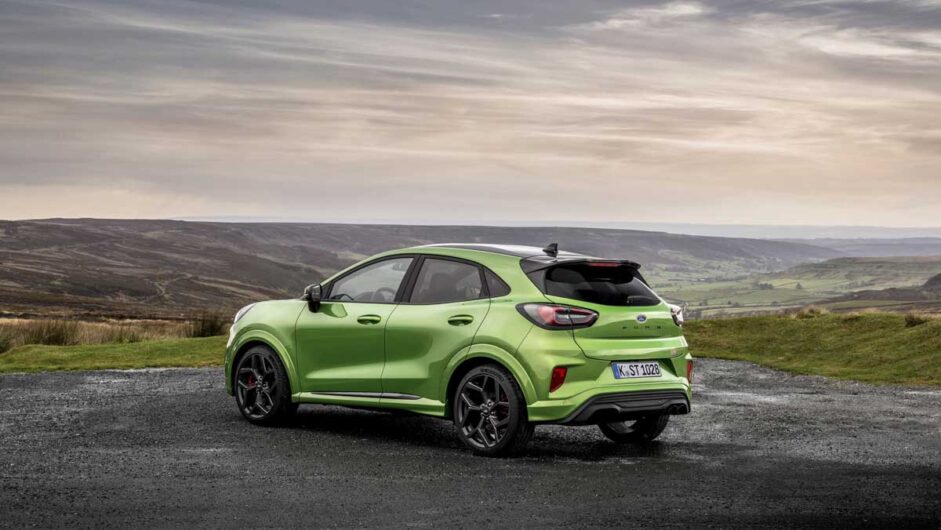
Engine, transmission and 0-100 time
The Puma’s 1.5-litre Ecoboost turbocharged triple is just as strong as it is in the Fiesta. Its stats are similar, producing an identical 197bhp at 6000rpm, but a stronger 236lb ft of torque from 2500rpm. It also features cylinder deactivation under light loads plus a valved exhaust that’s switchable via the driver modes.
There’s only one transmission available, a six-speed manual, sending power to the front wheels via either an open, or Quaife limited-slip differential available as part of the $1375 Performance Pack. Given the high-torque load available at such low rpm, we’d suggest it is an essential box to tick. It’ll reach 100kph in 6.7sec, 0.2sec behind a Fiesta ST.
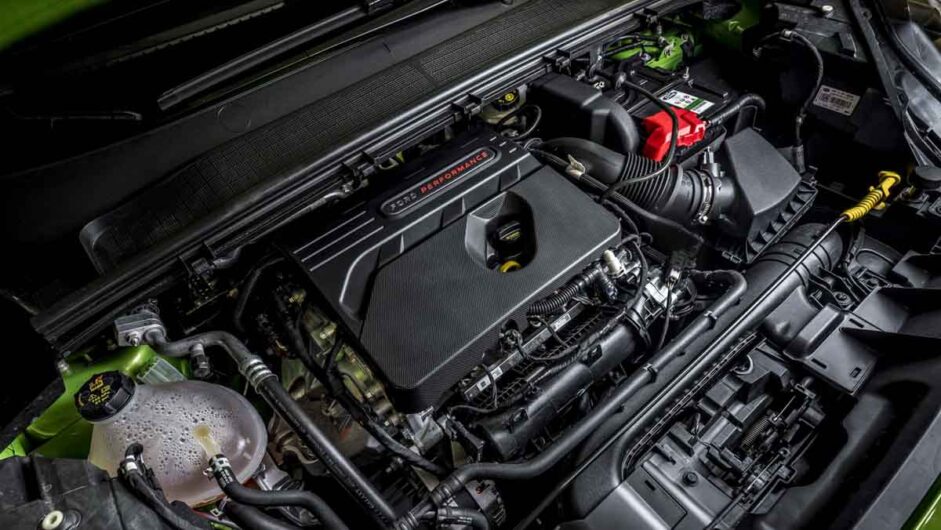
Technical highlights
The Puma’s chassis is largely based on the Fiesta’s, sharing a similar combination of a Macpherson front suspension design and a twist beam rear axle. There’s no independent rear suspension, nor adaptive dampers, but the overall tune of the dampers is promised to be more forgiving than the Fiesta ST’s setup. AdvertisementAdvertisement – Article continues below
The Puma is a slightly bigger car overall compared to its supermini twin, with crucial differences being the 70mm wider body, an extra 95mm in the wheelbase and increased track widths of 27mm. It’s also 95kg heavier than the three-door Fiesta, yet the seating position is remarkably similar – a reminder this is more a low-riding crossover and not an SUV. There’s only the one wheel and tyre package available, with 19-inch alloys wrapped in a less aggressive Michelin Pilot Sport 4 rubber in contrast to the Fiesta’s Supersports.
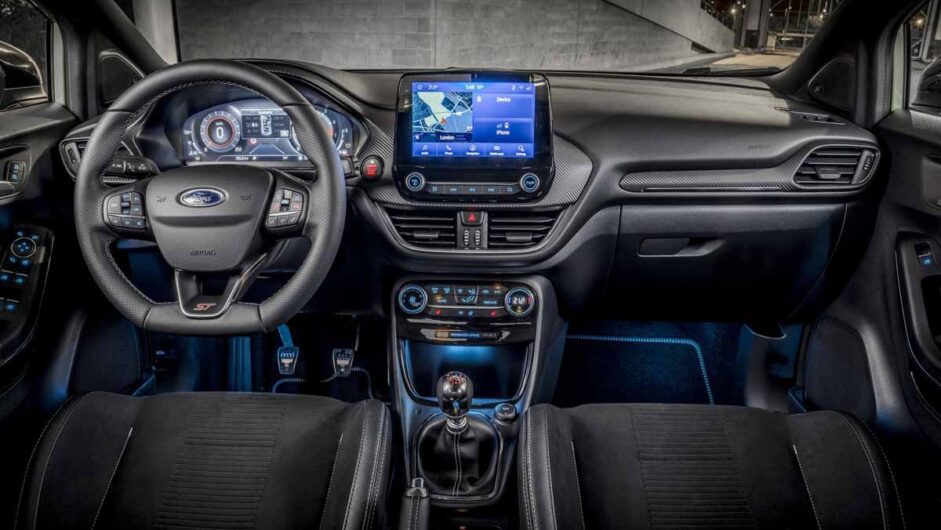
What’s it like to drive?
It feels remarkably like a Fiesta ST on first acquaintance, unsurprisingly, with impressive responsiveness running through each of the control interfaces. The three-pot initially feels strong, pulling away with plenty of muscle at low rpm, twitching the steering wheel as the diff locks and releases as it transmits torque to the road. Throttle response is excellent too, especially in Sport and Track modes. The brakes themselves feel strong enough, without having a Fiesta’s ultimate stopping performance.
Body control is contained at speed, and feels well damped even if the ride is still firm around town. It isn’t quite as stiff as a standard (ie. non Performance Edition) Fiesta ST, yet there is certainly a deftness to the calibration, one that’s clearly been paid attention to by its engineers.
And yet, the Puma ST’s dynamics just don’t have that last twenty percent of sparkle that makes a Fiesta feel so special. Turn-in is less immediate, and it has a propensity to skate forwards in understeer rather than dig into the tarmac and find the purchase a Fiesta generates. It’s also not actually that fast, and the Puma’s extra weight seems to exaggerate the engine’s breathlessness at high rpm. We know the latest Fiesta’s powertrain lacks the top-end sparkle of its predecessor’s 1.6-litre VCT four-cylinder, but it’s a feeling that’s only accentuated here.
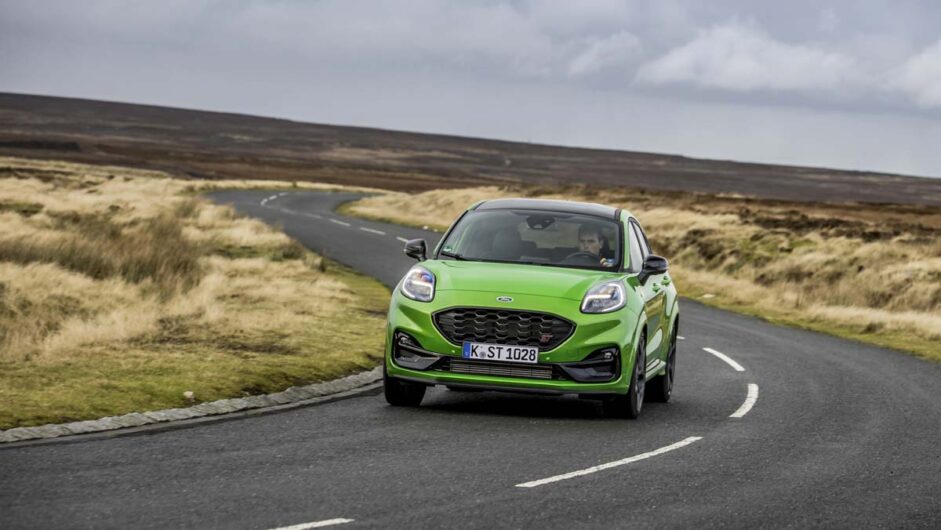
Yet the crucial element missing in the Puma ST is that it lacks the joy of a standard Fiesta. Gone is the adjustability under braking that, for us, defines the Fiesta ST’s character. It’s an element you can engage with on multiple levels, and discover different nuances to over time. That extra level of immersion is lost with the Puma, and while it’s without doubt a charismatic and capable little car, it’s not one you can interact with.
It might sound unfair to expect the Puma to be as engaging as a true hot hatch considering its crossover status, but it so barely constitutes one itself in terms of pure dimensions that it’s impossible not to compare it to hot hatchbacks of a similar price, size and attitude – crossover domination be damned.
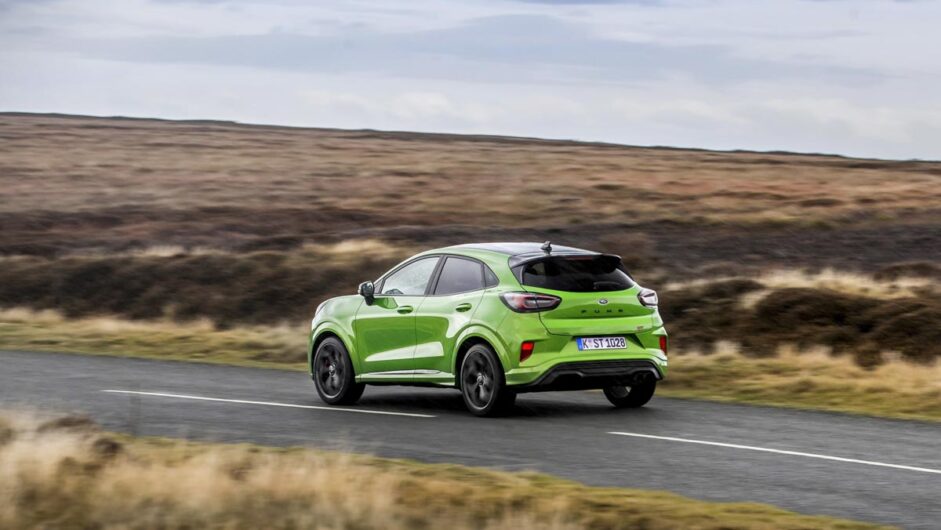
Price and rivals
The Puma is bigger and better equipped than a Fiesta ST, yes, but it’s also far more expensive. Standard models start at $42,060, but the Performance Pack is an essential addition which takes the price north of $43k, over $8000 more than a Fiesta ST with a Performance Pack.
Without Nissan rebooting the Nismo Juke, there are no real direct compact crossovers as this is one of the few niches the mainstream Volkswagen Group hasn’t ventured into, and neither has FCA. Mercedes-AMG do offer versions of the similarly sized GLA, but they’re tens of thousands more, and likewise the Audi SQ2 and BMW X2 M35i, but the less said of that pairing the better.
It’s the more traditional hot hatchback that reveals a bigger gap in the Puma ST’s rationale, with the quite superb Hyundai i30 N and Renault Megane RS, not to mention the Toyota GR Yaris and Honda Civic Type R all proving that for around $40k there’s a whole lot more fun available at this price point. And it’s not like you’re losing any practicality with those hot hatchbacks, rather a crossover status, which in the Puma’s case is little more than a label.
This article originally appeared at evo.co.uk
Copyright © evo UK, Dennis Publishing

